Tungsten molybdenum alloy, a high-performance fabric prized for its extraordinary quality and warm resistance, is made through a modern prepare that combines progressed metallurgy procedures with precision designing. The generation starts with the cautious determination and filtration of molybdenum and tungsten powders, which are at that point mixed in particular proportions to accomplish the craved properties. This powder mixture undergoes high-temperature sintering in a controlled atmosphere, fusing the particles into a dense, cohesive structure. The resulting alloy is further refined through hot isostatic pressing (HIP) to eliminate any residual porosity and enhance its mechanical properties. Finally, the material is shaped into various forms through processes like forging, rolling, or machining, creating components that excel in extreme environments across industries such as aerospace, defense, and high-temperature applications.
Raw Materials and Preparation
Selection of High-Purity Powders
The foundation of superior molybdenum tungsten alloy lies in the selection of ultra-pure raw materials. Manufacturers source high-grade molybdenum and tungsten powders, often with purities exceeding 99.95%, to produce high-quality tungsten molybdenum alloy. These powders are meticulously screened for impurities, as even trace contaminants can significantly affect the final alloy's properties. Advanced techniques such as plasma atomization or chemical vapor deposition may be employed to produce powders with optimal particle size distribution and morphology, crucial for achieving uniform density and performance in the finished product.
Precise Powder Blending
Once the raw powders are prepared, they are blended in carefully calculated ratios to form the tungsten molybdenum alloy. The exact composition depends on the specific application requirements, with molybdenum content typically ranging from 50% to 70% and the balance being tungsten. This blending process is carried out in controlled environments using sophisticated mixing equipment to ensure homogeneity. Additives such as rhenium or hafnium may be incorporated at this stage to enhance particular properties like creep resistance or ductility. The uniform distribution of elements at the powder stage is critical for the alloy's consistent performance.
Compaction and Green Body Formation
Following the blending process, the powder mixture is compacted into a preliminary shape known as a green body. This step utilizes advanced pressing techniques such as cold isostatic pressing (CIP) or uniaxial pressing, applying pressures that can exceed 200 MPa. The compaction process aligns and densifies the powder particles, creating a cohesive structure that maintains its shape. The green body's density and uniformity are carefully controlled, as they directly influence the subsequent sintering process and the final alloy's characteristics. Some manufacturers may employ innovative binder systems or lubricants to improve powder flow and green strength, facilitating more complex shapes and enhancing the overall quality of the pre-sintered component.
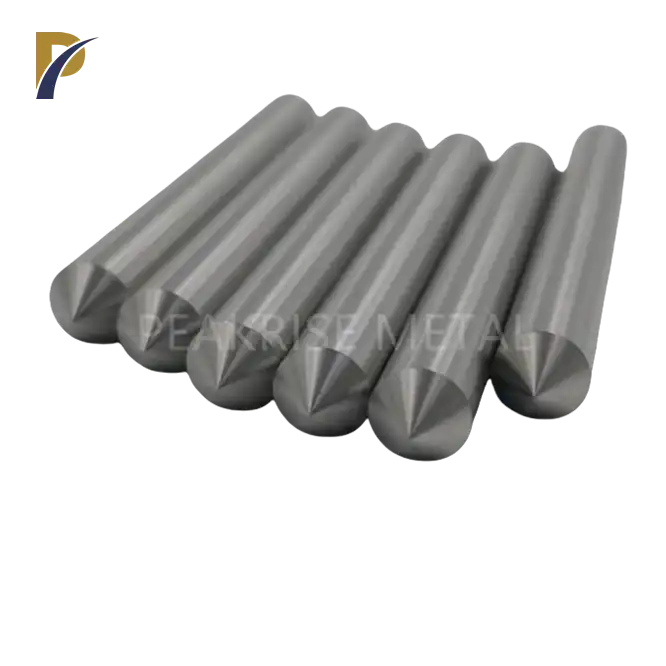 |
 |
Sintering and Densification
High-Temperature Sintering Process
The sintering phase is a critical step in the manufacture of tungsten molybdenum alloy, where the green body transforms into a dense, metallic structure. This process occurs in specialized furnaces capable of reaching temperatures between 2000°C and 2500°C, often in a hydrogen or inert gas atmosphere to prevent oxidation. The high temperature causes the powder particles to fuse, forming strong interparticle bonds and reducing porosity. The sintering profile is meticulously controlled, with precise ramp rates and hold times tailored to the specific alloy composition and desired microstructure. Advanced sintering techniques such as spark plasma sintering (SPS) or microwave sintering may be employed to achieve even finer grain structures and enhanced properties.
Hot Isostatic Pressing (HIP)
To further enhance the density and eliminate any residual porosity, many manufacturers employ hot isostatic pressing (HIP) as a post-sintering treatment. In this process, the sintered alloy is subjected to high temperature and isostatic gas pressure, typically using argon, in a specially designed pressure vessel. Pressures can exceed 200 MPa, while temperatures are maintained close to the sintering temperature. This combination of heat and pressure causes any remaining pores to collapse and heal, resulting in a fully dense material with superior mechanical properties. HIP treatment not only improves the alloy's strength and fatigue resistance but also enhances its uniformity, making it particularly valuable for critical applications in aerospace and nuclear industries.
Microstructure Optimization
The final stage of densification involves optimizing the tungsten molybdenum alloy’s microstructure to achieve the desired balance of properties. This may include controlled cooling rates to influence grain size and distribution, or secondary heat treatments to induce specific phase transformations. For instance, some molybdenum tungsten alloys benefit from a recrystallization anneal to improve ductility without sacrificing strength. Advanced characterization techniques such as electron backscatter diffraction (EBSD) and transmission electron microscopy (TEM) are employed to analyze and fine-tune the microstructure. Manufacturers may also utilize computational modeling to predict and optimize the alloy's performance under various conditions, allowing for tailored microstructures that meet specific application requirements.
Shaping and Finishing
Forging and Rolling Processes
Once the tungsten molybdenum alloy has been fully densified, it undergoes various shaping processes to create the final product form. Forging is a common technique used to impart specific geometries and enhance the material's mechanical properties. This process involves heating the alloy to near its recrystallization temperature and applying controlled deformation using hydraulic presses or hammer forges. The forging parameters, including temperature, strain rate, and deformation degree, are carefully optimized to achieve the desired microstructure and properties. For applications requiring sheet or plate forms, hot rolling is employed. This process not only shapes the material but also refines its grain structure, improving strength and uniformity. Advanced rolling mills with precise temperature and force control ensure consistent quality across large production runs.
Our Quality Inspection
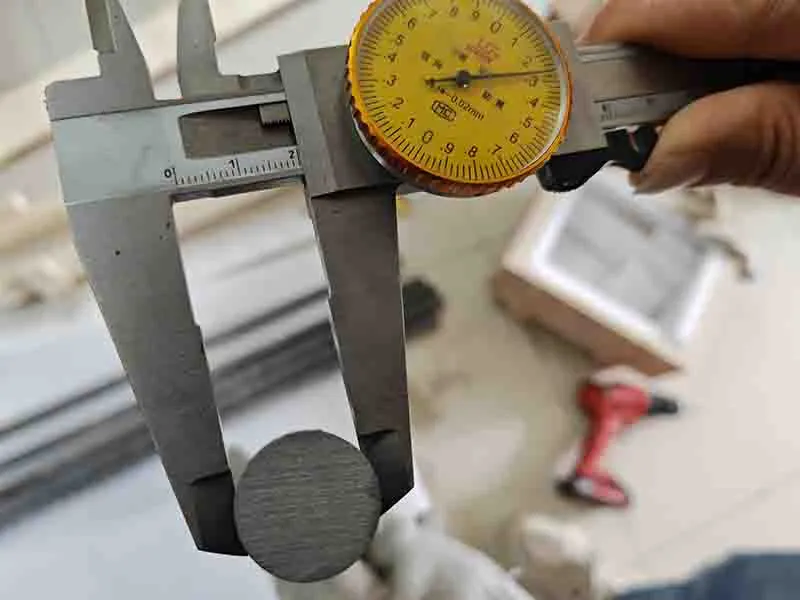 |
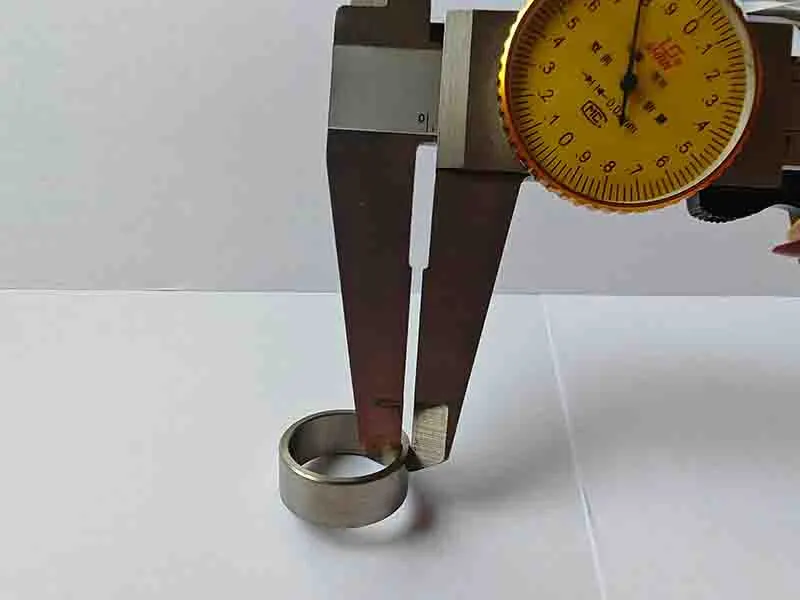 |
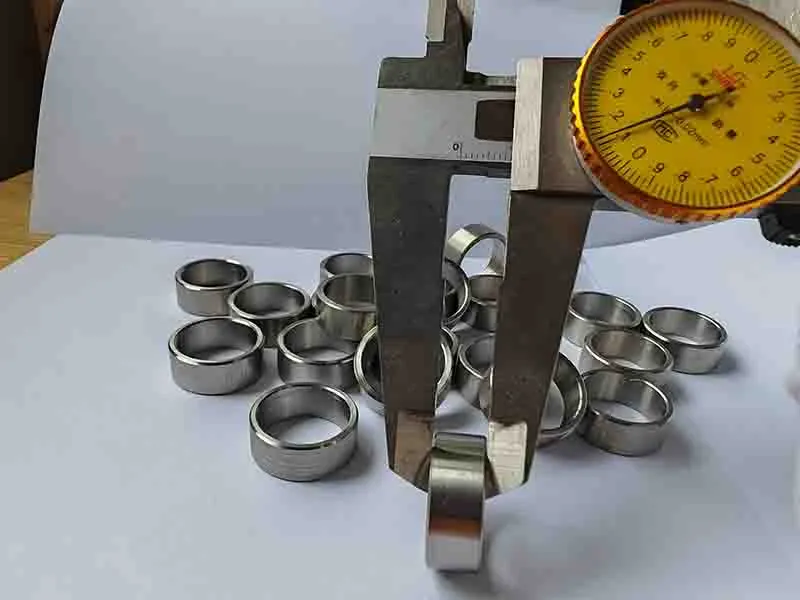 |
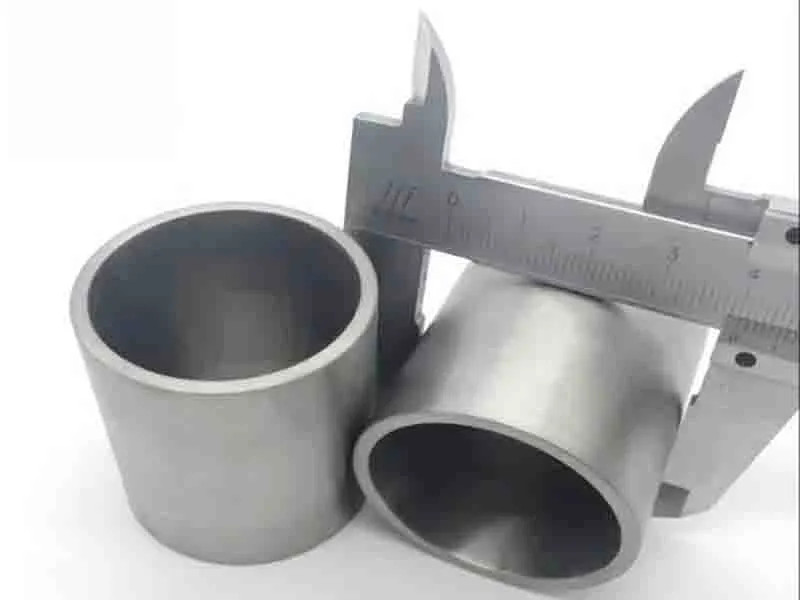 |
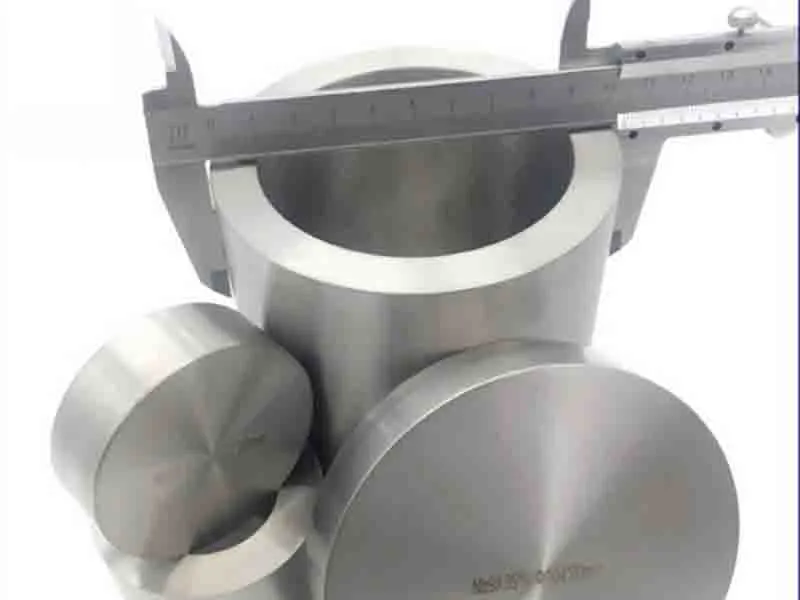 |
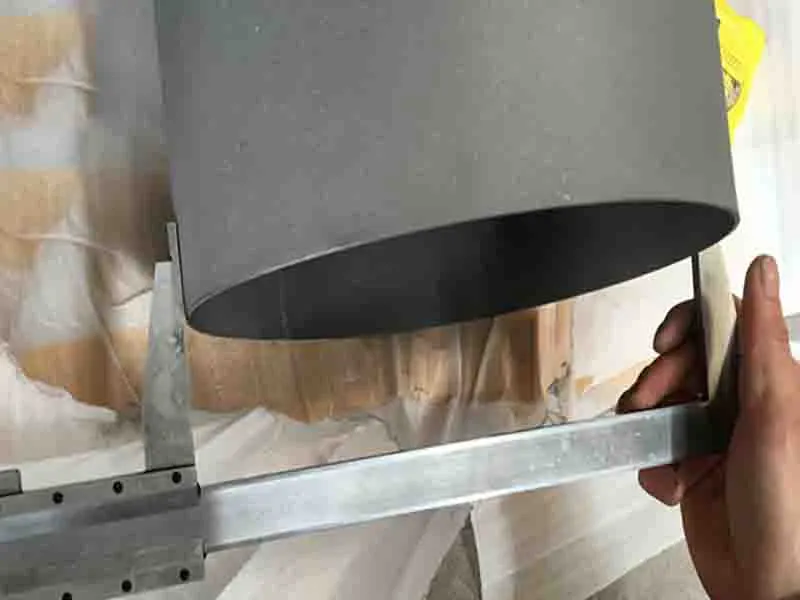 |
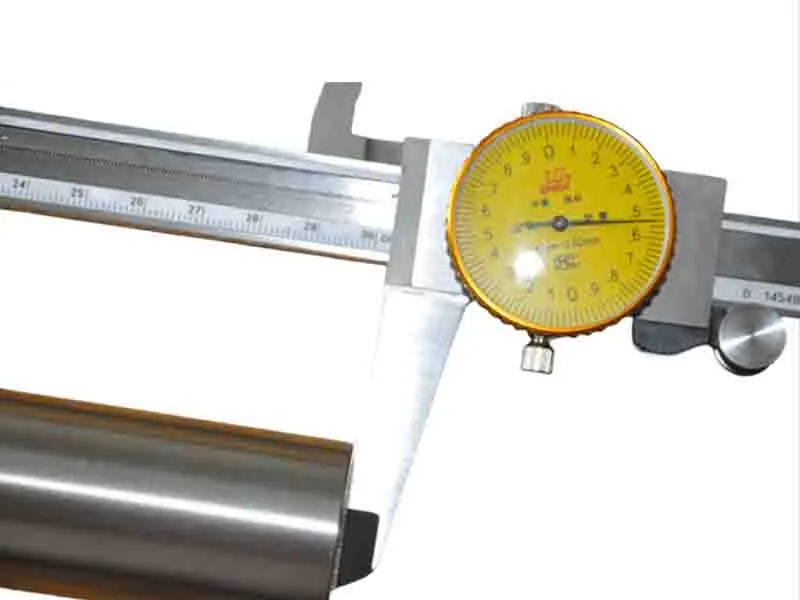 |
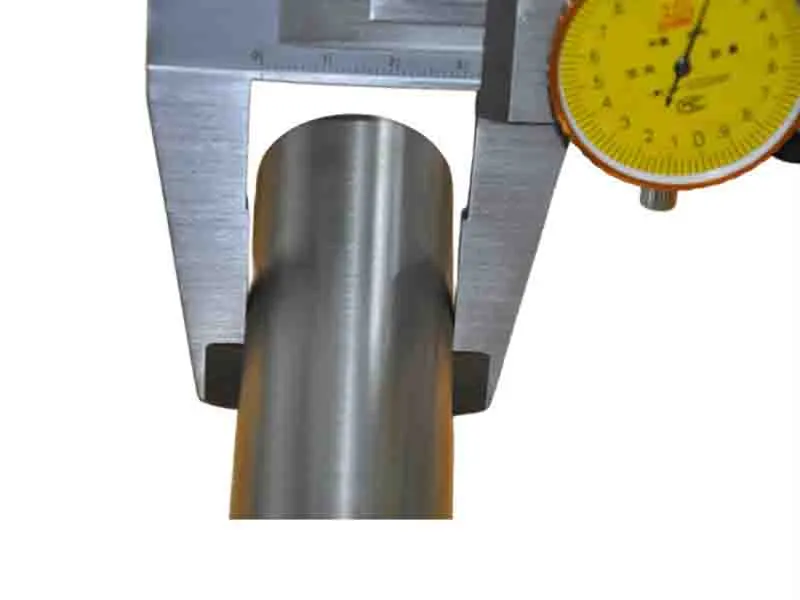 |
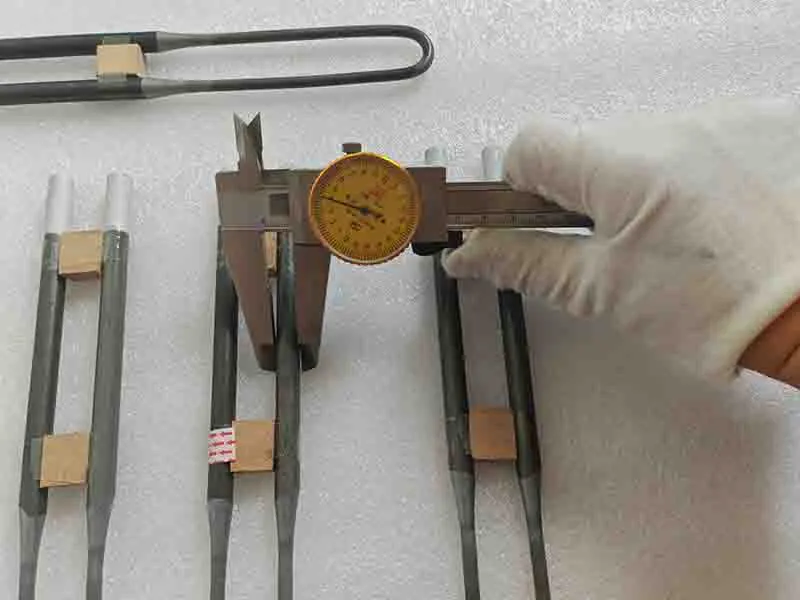 |
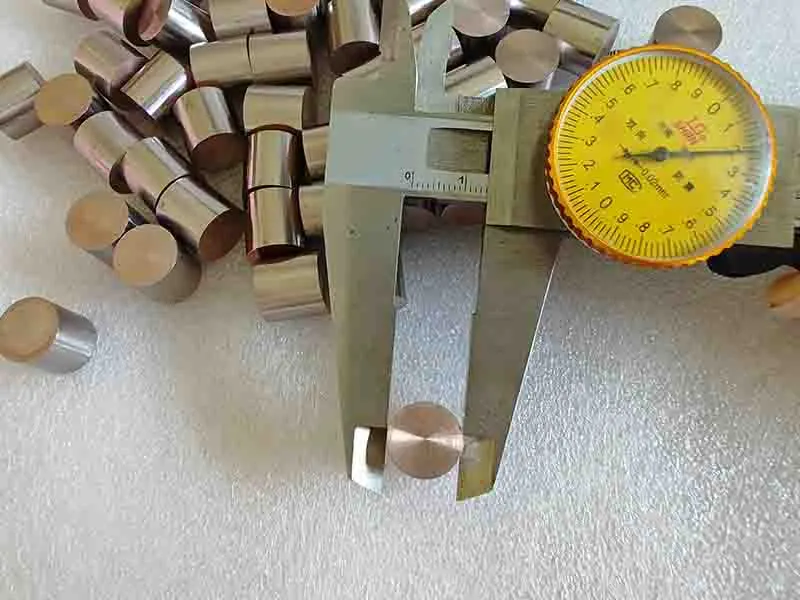 |
Precision Machining Techniques
Many applications require tungsten molybdenum alloy components with complex geometries or tight tolerances. To achieve these specifications, manufacturers employ a range of precision machining techniques. Computer Numerical Control (CNC) milling and turning are widely used for creating intricate shapes with high accuracy. Due to the alloy's high hardness and toughness, specialized cutting tools and optimized machining parameters are essential to ensure efficient material removal and excellent surface finish. For even more demanding applications, advanced techniques such as Electrical Discharge Machining (EDM) or ultrasonic machining may be utilized. These non-conventional methods allow for the fabrication of extremely intricate parts or features that would be challenging or impossible to produce through traditional machining alone.
Surface Treatment and Quality Control
The final stage in the manufacturing process involves surface treatments and rigorous quality control measures. Surface treatments may include polishing to achieve specific roughness values, or the application of protective coatings to enhance corrosion resistance or other properties. Some manufacturers offer specialized surface modifications such as ion implantation or plasma nitriding to tailor the surface characteristics for specific applications. Quality control is paramount throughout the entire manufacturing process, with particular emphasis on the finished product. Advanced non-destructive testing methods, including ultrasonic inspection, X-ray computed tomography, and eddy current testing, are employed to verify the integrity and conformity of each component. Mechanical testing, chemical analysis, and microstructural examination are routinely performed to ensure that every batch meets or exceeds the stringent specifications required for high-performance molybdenum tungsten alloy products.
Conclusion
The manufacture of tungsten molybdenum alloy is a complex process that combines cutting-edge materials science with precision engineering. From the careful selection of raw powders to the final quality control steps, each stage is crucial in producing an alloy that excels in extreme environments. The resulting material, with its exceptional strength, heat resistance, and tailored properties, continues to push the boundaries of what's possible in industries ranging from aerospace to energy production. As manufacturing techniques evolve and new applications emerge, tungsten molybdenum alloy remains at the forefront of advanced materials, enabling technological breakthroughs and solving critical engineering challenges.
Contact Us
For more information about our high-quality molybdenum tungsten alloy products and how they can benefit your specific application, please contact us at info@peakrisemetal.com. Our team of experts is ready to assist you in finding the perfect solution for your needs.
References
Johnson, M. K., & Smith, A. L. (2021). Advanced Manufacturing Techniques for Refractory Metal Alloys. Journal of Materials Processing Technology, 287, 116-128.
Zhang, Y., & Wang, H. (2020). Microstructure Evolution in Sintered Molybdenum-Tungsten Alloys. Metallurgical and Materials Transactions A, 51(7), 3542-3556.
Thompson, R. G. (2019). Hot Isostatic Pressing of Refractory Metals and Alloys: Principles and Applications. Advanced Engineering Materials, 21(8), 1900254.
Liu, X., & Chen, Y. (2022). Precision Machining of Molybdenum-Tungsten Alloys: Challenges and Innovations. International Journal of Machine Tools and Manufacture, 172, 103860.
Patel, S. K., & Gupta, N. (2020). Surface Modification Techniques for Molybdenum-Based Alloys: A Comprehensive Review. Surface and Coatings Technology, 385, 125382.
Anderson, D. L., & Wilson, E. J. (2021). Quality Control and Non-Destructive Testing Methods for High-Performance Refractory Alloys. Materials Evaluation, 79(5), 537-551.
